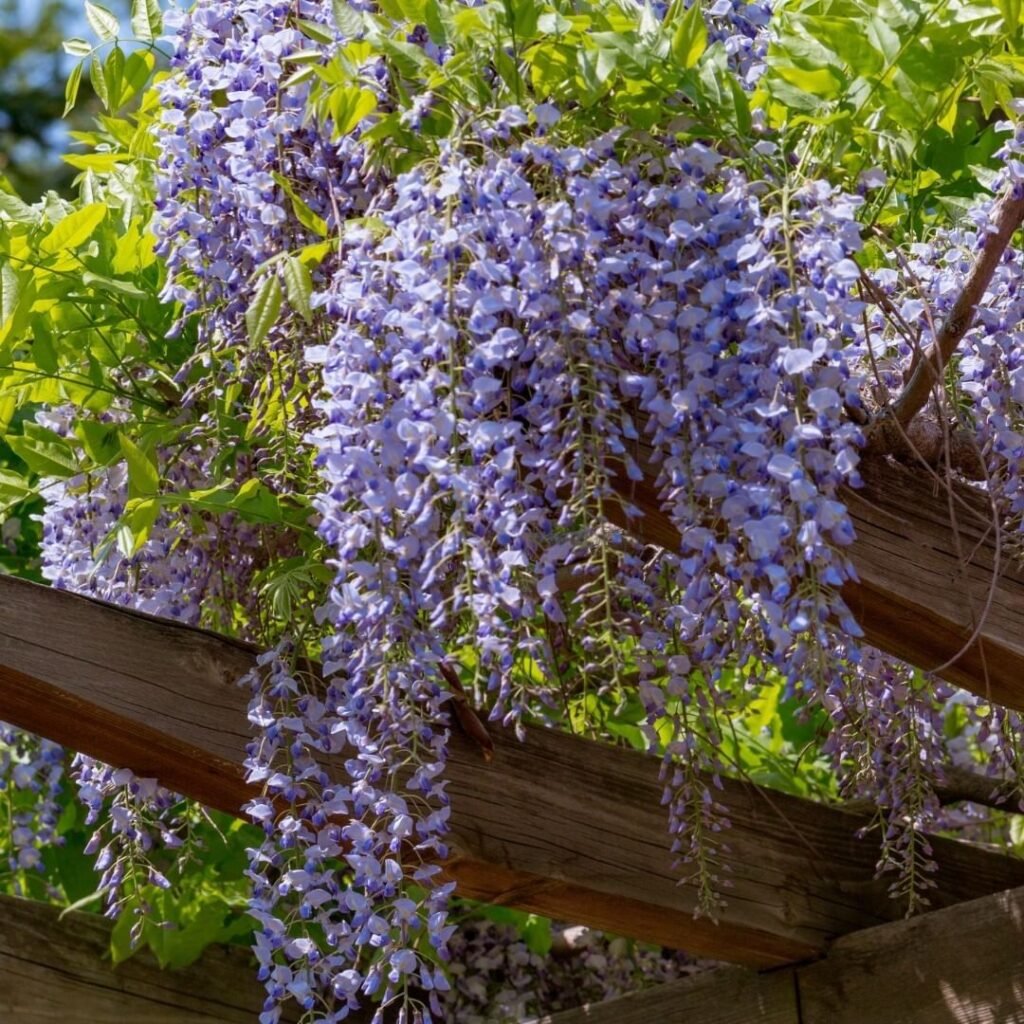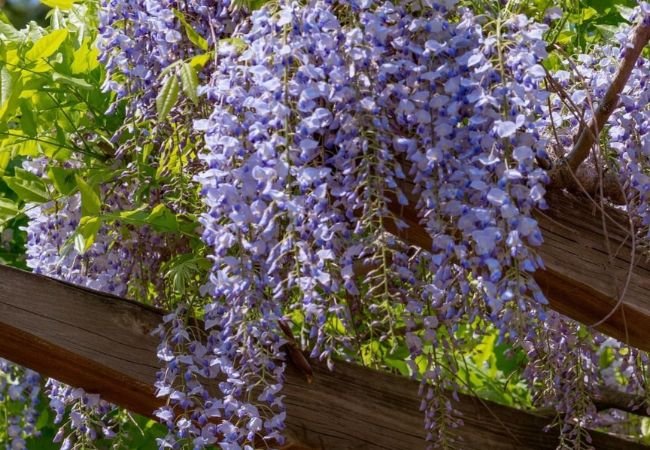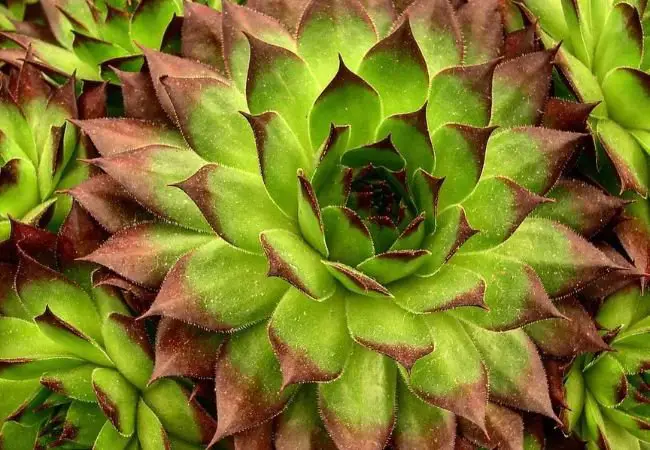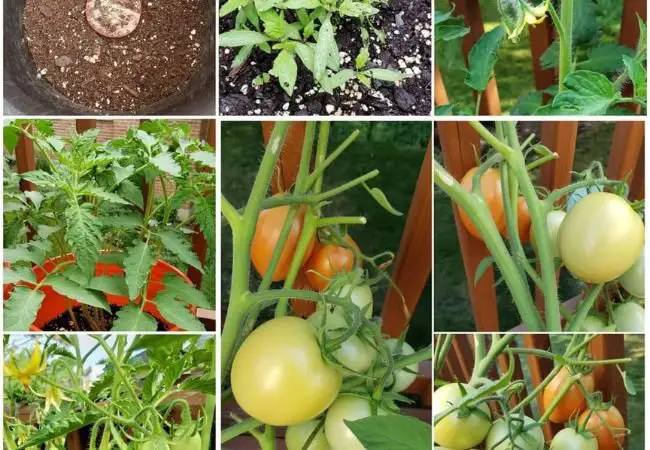Wisteria can be propagated through several methods, with softwood cuttings being the most popular and successful. Take 4-6 inch cuttings from new growth in late spring or early summer, remove lower leaves, dip in rooting hormone and plant in a well-draining potting mix. Keep the soil moist and provide indirect light. Roots typically form in 4-6 weeks.
As an avid gardener who’s been growing wisteria for over 15 years, I’m excited to share my knowledge on propagating these beautiful flowering vines. Let’s dive into the details of how you can create new wisteria plants from your existing ones.
Understanding Wisteria

Before we get into propagation methods, it’s important to understand a bit about wisteria:
- Wisteria is a genus of flowering plants in the legume family, Fabaceae
- It’s known for its long, drooping clusters of fragrant flowers
- There are several species, with Chinese wisteria (Wisteria sinensis) and Japanese wisteria (Wisteria floribunda) being the most common in gardens
Methods of Propagation
There are several ways to propagate wisteria:
- Softwood cuttings
- Hardwood cuttings
- Layering
- Seeds
Let’s focus on the most reliable method: softwood cuttings.
Propagating Wisteria from Softwood Cuttings
Timing
The best time to take softwood cuttings is in late spring or early summer when the plant is in active growth.
Materials Needed
- Sharp, clean pruning shears
- Rooting hormone powder or gel
- Well-draining potting mix
- Small pots or trays
- Clear plastic bags or propagator lid
Step-by-Step Guide
- Select the right stems: Choose healthy, new growth that’s still green and flexible.
- Take the cutting: Cut a 4-6 inch (10-15 cm) section of stem, making the cut just below a leaf node.
- Prepare the cutting: Remove leaves from the lower half of the cutting. If any flower buds are present, remove those as well.
- Apply rooting hormone: Dip the cut end into rooting hormone powder or gel. This helps stimulate root growth.
- Plant the cutting: Make a hole in the potting mix with a pencil or stick, insert the cutting and gently firm the soil around it.
- Create a humid environment: Cover the pot with a clear plastic bag or place it in a propagator. This maintains high humidity around the cutting.
- Provide proper care:
- Keep the soil consistently moist but not waterlogged
- Place in bright, indirect light
- Maintain temperatures between 65-75°F (18-24°C)
- Monitor progress: Roots typically form in 4-6 weeks. You can gently tug on the cutting to check for resistance, indicating root formation.
Aftercare
Once your cuttings have rooted:
- Gradually acclimatize them to lower humidity by opening the plastic bag or propagator lid over a week.
- Transplant the rooted cuttings into larger pots filled with a good quality potting mix.
- Continue to grow them in a sheltered spot for their first year.
- Plant them in their final positions in the garden the following spring.
Other Propagation Methods
While softwood cuttings are the most reliable method, you can also try:
- Hardwood cuttings: Take these in late fall or winter when the plant is dormant.
- Layering: This involves bending a low-growing branch to the ground and partially burying it to encourage root formation.
- Seeds: This method is less common as it takes much longer (often 10-15 years) for seed-grown plants to flower.
Common Problems and Solutions
- Cuttings wilting: Ensure high humidity and proper watering.
- Fungal growth: Improve air circulation and reduce watering slightly.
- No root formation: Check that you’re using fresh rooting hormone and that the cuttings are from healthy, actively growing stems.
Remember, propagating wisteria requires patience. It may take several years for your new plants to flower, but the wait is well worth it when you see those cascading blooms!
Happy propagating and may your garden soon be filled with the sweet fragrance of wisteria!
For more gardening tips and plant care guides, visit usagardenhub.com.






